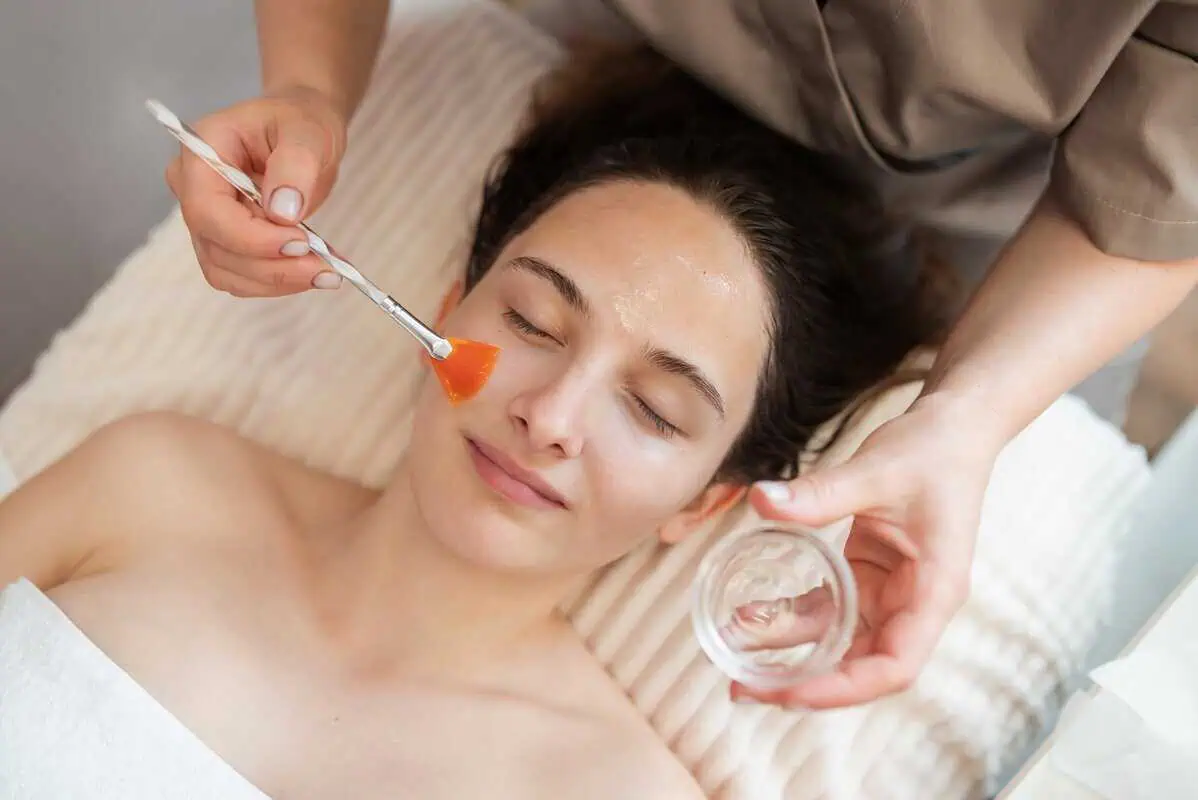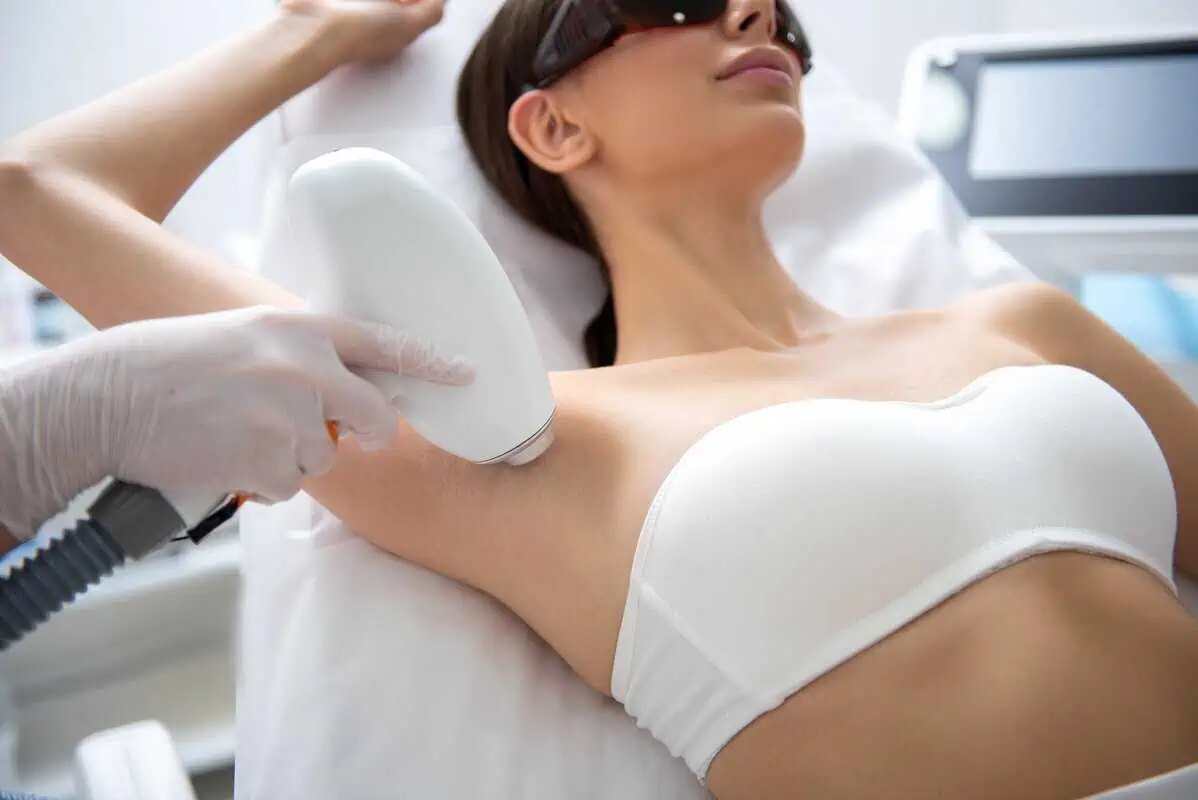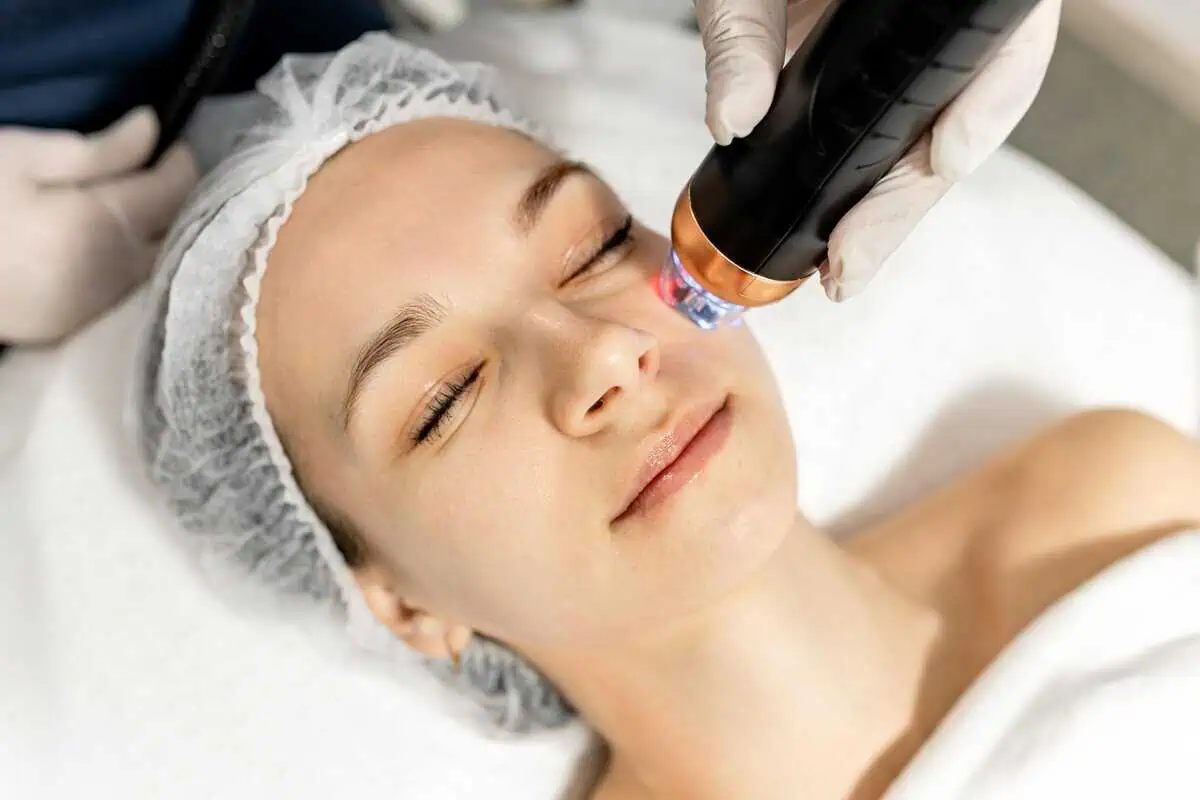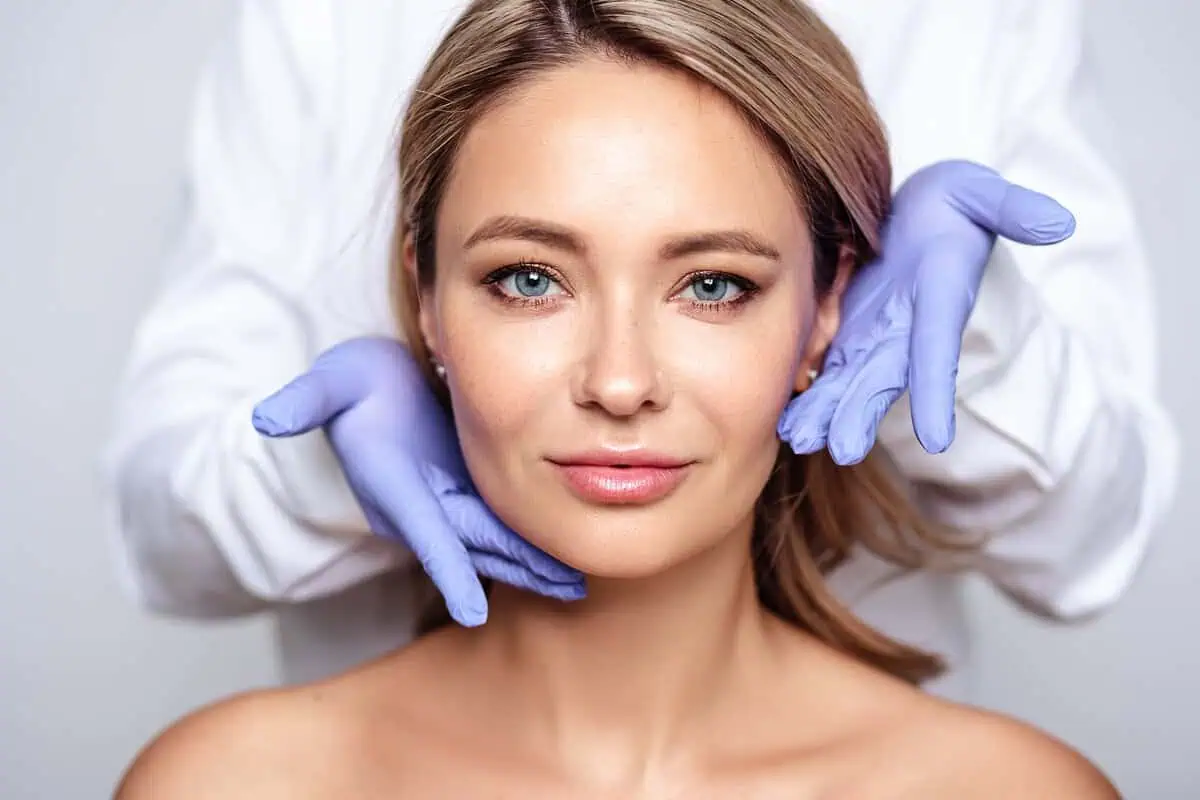

Skin technology has become remarkably precise, yet choosing between two headline procedures can still feel confusing.
This in-depth comparison explores how Microneedling and laser resurfacing differ, who benefits most from each method, and why both remain pillars of modern anti-aging skincare.
You will see references to key concerns—acne scar treatment, pigmentation, fine lines, pore size, and overall tone while we keep the discussion clear, conversational, and free of marketing fluff.
Microneedling creates controlled micro-channels in the epidermis and upper dermis with ultra-fine needles. These tiny columns prompt a wound-healing cascade: platelets release growth factors, fibroblasts ramp up new collagen, and fresh elastin remodels the extracellular matrix.
Because the epidermis remains mostly intact, downtime is short (redness fades in a day or two), making the microneedling therapy popular for regular maintenance.
Microneedling creates controlled micro-injuries that activate the skin’s natural wound-healing process. Unlike lasers, it does this without applying heat, making it a safer option for individuals concerned about post-inflammatory hyperpigmentation. The result is gradual skin firming and smoothing as new collagen and elastin develop.
Because it doesn’t rely on light or heat, microneedling is appropriate for every Fitzpatrick skin type. It offers a lower risk of pigment alteration, making it especially valuable for patients with medium to deep skin tones seeking Microneedling for hyperpigmentation and texture refinement.
By enhancing dermal density and elasticity, microneedling for wrinkles improves the appearance of fine lines around the eyes, mouth, and forehead. Consistent treatments soften expression lines and prevent deeper creasing. All of this occurs without the recovery time associated with more aggressive procedures.
Microneedling for large pores stimulates collagen around pore walls. By doing so, the treatment helps them appear smaller and less visible over time. It also improves skin texture by reducing roughness and mild acne scarring, giving the skin a more even, polished look.
The mechanical action of microneedling breaks down uneven melanin distribution. It can also address fibrotic tissue beneath acne scars. This action leads to visible improvements in both acne scar treatment and surface-level hyperpigmentation. The benefit is best experienced when combined with topical brightening agents or RF technology.
The micro-channels created during microneedling remain open briefly, allowing targeted skincare products to penetrate deeper layers. Examples of these are products enriched with vitamin C, hyaluronic acid, or peptides. This effect enhances the effectiveness of post-treatment topicals.
When performed by a trained professional using medical-grade devices, microneedling’s versatility shines. Protocols can be adjusted for microneedling for wrinkles, microneedling for hyperpigmentation, microneedling for large pores, and even early stretch-mark revision.
Virtue RF combines precise needle penetration (0.5 – 3.5 mm) with bipolar radiofrequency (RF) energy. The heat delivered deep in the dermis further boosts collagen contraction and long-term tightening. Adjustable settings allow clinicians to fine-tune depth and RF output for delicate regions like the periorbital skin or thicker areas such as the jawline.
Clinical notes:
Morpheus8 pairs a matrix of gold-plated needles with fractional RF, reaching depths up to 4 mm. This is ideal for subdermal adipose remodeling. This depth allows practitioners to tighten jowls or soften nasolabial folds while refining surface irregularities.
Stand-out features:
Both platforms amplify traditional microneedling by adding thermal energy, yielding superior lifting and smoothing in fewer visits. Choosing between Virtue RF and Morpheus8 depends on anatomical goals, skin thickness, and heat tolerance.
Laser therapy for skin relies on selective photothermolysis: specific wavelengths target water, hemoglobin, or melanin to vaporize tissue (ablative) or heat it without removal (non-ablative). This precise energy delivery sparks collagen remodeling and pigment clearance.
Ablative devices provide dramatic resurfacing but demand extended recovery. Non-ablative fractional lasers fit busy schedules and diverse tones.
Ablative and fractional lasers reach deeper layers of the dermis to remove damaged skin and stimulate robust collagen formation.
Lasers specifically target melanin and water molecules. This feature makes them ideal for addressing sun damage, melasma, and age spots.
From surgical scars to stubborn acne scars, fractional laser devices ablate or heat scar tissue to initiate healthy remodeling.
Lasers that reach the dermis (such as fractional CO₂ or Er: YAG) generate heat that contracts collagen immediately. Plus, this same heat prompts long-term neocollagenesis.
With a range of wavelengths available, laser devices can be calibrated for vascular lesions, pigmentation, textural issues, or laxity.
Specialties also include laser acne treatment for active breakouts (blue or 1064-nm light) and laser scar reduction for hypertrophic or surgical marks.
| Feature | Microneedling | Laser Treatments |
| Mechanism | Uses fine needles to create micro-injuries that stimulate collagen production | Uses light-based thermal energy to target water or pigment for resurfacing or tightening |
| Heat Involvement | Non-thermal; does not generate heat, making it safer for pigmentation-prone skin | Thermal-based; uses controlled heat, which may increase pigmentation risks in darker skin tones. |
| Primary Use Cases | Effective for texture improvement, mild wrinkles, pigment correction, and early signs of aging. | Best suited for deep wrinkles, sun damage, prominent scars, and advanced photoaging. |
| Skin Tone Compatibility | Safe for all Fitzpatrick skin types (I–VI), including darker skin tones | Some laser wavelengths are not ideal for deeper skin tones; they require careful selection and experience |
| Treatment Sessions | Typically requires 3 to 6 sessions for noticeable improvements | Often yields significant results in 1 to 3 sessions, depending on laser type and treatment goals |
Fine lines or mild scars? Microneedling (especially Virtue RF) offers a consistent collagen boost with negligible risk. Significant solar elastosis or etched lines? A fractional CO₂ laser may produce the transformational resurfacing you seek.
Deeper tones benefit from non-thermal or long-pulse laser wavelengths, or from RF microneedling that bypasses pigment-rich epidermis.
Business travel next week? Stick with microneedling.
Vacation in two months? You might fit a deep laser peel now and finish peeling before departure.
Microneedling’s per-visit cost is lower; however, multiple sessions equal one ablative laser fee. Discuss package pricing and realistic timelines with your provider.
Residents seeking microneedling in Glen Allen, VA, often turn to the Aesthetic Center of Richmond Dermatology for RF-assisted treatments.
Our experienced providers deliver controlled energy through insulated needles, reaching the dermis to prompt robust collagen and elastin growth. This technique remodels deeper tissue on the face, neck, and body with minimal epidermal disruption, making it ideal for clients balancing cosmetic ambitions with busy schedules.
Our microneedling patients frequently notice:
We have customized protocols that can address fine neck lines, crepey arms, or post-partum abdominal laxity, demonstrating RF microneedling’s versatility beyond facial rejuvenation.
Laser scar reduction is generally better for deep acne scars, while microneedling works well for surface-level scarring with less downtime.
Yes, Microneedling for hyperpigmentation is safe for all skin types because it doesn’t involve heat or light that can trigger pigment changes.
Yes, many patients benefit from combining microneedling & laser treatments in a staged plan to target multiple skin concerns more effectively.





Ashley Arutunian is a Registered Nurse. She received her Bachelor of Science in Nursing from Bon Secours Memorial College of Nursing. She graduated with the highest of honors, and completed a nursing residency program on the St. Mary’s Labor and Delivery Unit. Prior to attending nursing school, Ashley worked in the cosmetics industry as a makeup artist for ten years. Her passion is assisting others with feeling confident and beautiful in their own skin, while creating an individualized treatment plan to fit her patient’s personal needs.
A native from Tennessee, Ashley now resides in Richmond with her husband, Andrew. Outside of work, she enjoys antique shopping, traveling, exercising, and spending time with her rescue Border Collie, Willow.
Top 3 Favorite Medical Grade Skincare Products:
Favorite Aesthetic Service